SUBSCRIPTION POV #15
Af Morten Suhr Hansen
We subscription geeks often talk about the most successful subscription businesses and about who is responsible for putting the subscription movement in motion. Netflix is often mentioned as a candidate, both as a pioneer and as the most successful. Other candidates are Spotify and Amazon.
(Read the story about how Netflix even became a subscription business here)
However, a fourth candidate often comes to mind – the American software company Salesforce, which revolutionized the software industry in 2000, by implementing a brand-new business model – software delivered directly via the internet at a fixed, monthly price. The story of Salesforce then becomes the story of the subscription movement and the story of how this business model has grown explosively across all industries and companies, for the last 20 years.
Meet a true subscription pioneer
In order to understand the story of Salesforce, you have to meet one of the true subscription pioneers: Marc Benioff, founder of Salesforce. Marc Benioff started his career as a programmer at the age of 15 and when he was 26, he obtained the position of Senior Vice President at the software giant Oracle, as the youngest in history. But Marc Benioff had a vision of creating a completely new way of delivering software and of creating his own, global cooperation.

Marc Benioff decided to move into the field of CRM solutions. Solutions that make it easier for companies to run sales- and customer processes. Benioff realized that the traditional way of selling, via direct sales and cold canvas, would be replaced by a more intelligent and sophisticated approach, with a focus on creating relations with customers, preferably with digital support. At the same time, Benioff saw a hole in the market for small and medium-sized companies, for whom the existing solutions were complex, expensive, and time-consuming to purchase and install.
Benioff udnyttede dermed på intelligent vis tre af tidens trends i skabelsen af Salesforce – den fornyede interesse i salgspsykologi, internettets opblomstring og det under-servicerede marked for små og mellemstore virksomheder – og kombinerede det med cloud-computing, muligheden for at levere software direkte til brugerens computer, uden store installationer på virksomhedens egne servere. På det fundament skabte han og virksomheden en software-løsning, som kunne tilgås direkte af kunderne, via en fast månedlig betaling baseret på antallet af brugere, fremfor den traditionelle og besværlige køb-og-installér model, som stort set alle andre software-virksomheder på den tid benyttede.
This way, Benioff intelligently took advantage of no less than three of the trends, operating in society at the time – the renewed interest in sales psychology, the emergence of the internet, and the under-serviced market for small and medium-sized companies – and combined it with cloud computing, the technology that delivers software directly to the user’s computer without any large, local installations. On this foundation, he and the company created a software solution that was accessible for customers, through a fixed, recurring payment based on the number of users, instead of the traditional and troublesome buy-and-install model that almost every other software company used at the time.
Software-as-a-Service – A new business model
A completely new business model had seen the light of day and Benioff and his people named the model “Software-as-a-Service”, or SaaS for short. The goal was to remove all customers’ up-front payments and replace them with monthly payments for access to the software solution.
However, at the start, potential investors were skeptical and Benioff didn’t find help at the traditional venture capital funds. Instead, it was far-sighted investors like the founder of Dropbox and Benioff’s former boss, Larry Ellison that ensured that Salesforce went live on February 7th, 2002.

The rest is history! In 2004, Salesforce went public and the subscription-based business model with its recurring revenue has proved to be a big advantage. The fact is that the subscription-based business model rewards software companies with a higher valuation, which is reflected in the dizzying numbers that Salesforce presents. In 2020, Salesforce reached a revenue of 17 billion dollars and in 2021 the expected revenue is as high as 21 billion dollars. Right now, Salesforce is valued at 286 billion dollars. In other words, the company has a value 13 times higher than its revenue (not their profit!)
This revenue places Salesforce as the world’s fourth-largest software company after Microsoft, Oracle, and SAP. Not bad for a 21-year-old company, and the ambitions reach even higher in the coming years.
A hysterical focus on the customer and customer success
In addition to the subscription-based business model, there is another important element in the success of Salesforce worth noting for any subscription business, regardless of the industry. Marc Benioff himself puts it like this:
”Nothing is more important to Salesforce than customer success. I believe being so committed to the customer is more important than it’s ever been before”.
This customer focus and focus on making customers experience success with the product and generally, has permeated the company from the beginning. It manifests itself both in the form of constant development of new solutions and integrations that keep increasing the value of using Salesforce, but it also manifests itself in a strong onboarding of new customers, ongoing dialogue with existing customers, and online training of users in all elements of sales and sales management.

Salesforce is a good example of why the term “customer success management” is an essential and important term, particularly for business-to-business companies, who seek to create ongoing relations with customers
Salesforce’s enormous success of a subscription-based business model has naturally inspired a whole industry and today, it is estimated that 75% of all software is sold as a service with recurring payments. Other industries have been inspired by the service model from Salesforce and today, we are talking about Hardware-as-a-Service, Mobility-as-a-Service, and many other forms of ‘as-a-Service’-solutions. Actually, to such a degree that some now speak of the subscription movement as ‘Everything-as-a-Service’.
A splendid development for both seller and buyer, if you ask me. But remember the vision behind the solution of Marc Benioff and Salesforce: The urge to make it simpler, easier and cheaper for the customer and, at the same time, deliver the best possible solution and help the customer experience success.


